I have an element represented by the two resistors in between NODE1 and NODE2.
I want to be able to open and close the circuit before and after the element, just like having two switches before and after it.
At the moment I have this schematic. (The 5 V sources with switches are supposed to represent an Arduino):

simulate this circuit – Schematic created using CircuitLab
My thought is that when SW1 is closed transistor Q3 allows the current to go through the transistor and to the base of Q1. Q1 is a PNP transistor and this would mean that when SW1 is closed, there is no current going to NODE1, just like having an open switch.
The second switch is much easier since it is after the element and I can use a simple NPN transistor to open/close it.
When I open SW1 and close SW2, I get a voltage of 11.98 V at NODE1 and almost 0 V at NODE2 which is what I am expecting.
However, nothing changes when I close SW1.
Is my schematic flawed and if so, how can I fix it to achieve my goal?
Update: Here is the updated schematic that now works.
